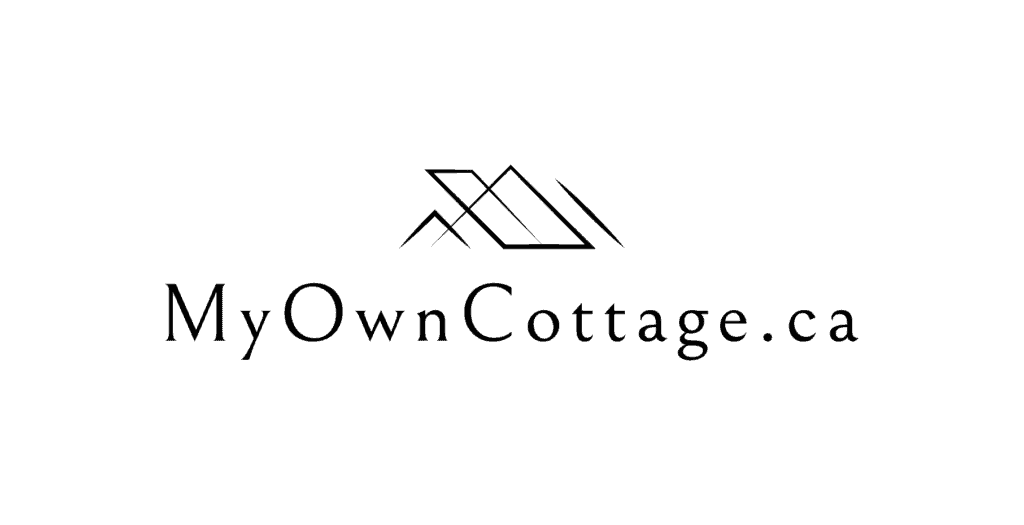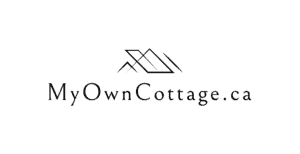FAQ
Most frequent questions and answers about the benefits of prefab homes in Kitchener
Yes, permits are required for prefab homes, just like traditional builds.
Permits typically include:
Building Permit: Issued by the City of Kitchener, this confirms your prefab home complies with Ontario Building Code (OBC) standards.
Zoning Approval: Ensures the intended use aligns with local zoning bylaws (e.g., lot size, setbacks, building height).
Site Plan Approval: For some lots, especially infill or corner properties.
Plumbing and Electrical Permits: If work is done on-site, contractors may need additional trade-specific permits.
💡 Pro Tip: Work with a prefab company that handles or assists with the permit application process. This saves time and avoids common mistakes.
The timeline is typically faster than traditional builds, averaging 4 to 6 months from planning to move-in.
Here’s a general breakdown:
Design & Permits: 4–8 weeks
Factory Construction: 6–10 weeks (indoors, unaffected by weather)
Site Prep & Foundation: Done concurrently with factory build
Delivery & Assembly: 1–2 weeks
Final Touches & Inspections: 2–4 weeks
🏗️ Compared to traditional homes, which often take 8–12 months, prefab homes can cut the timeline nearly in half.
Yes! Most prefab home builders offer a wide range of customization options, including:
Floor plans and layout configurations
Exterior finishes (siding, roofing, etc.)
Interior fixtures, flooring, and cabinetry
Energy-efficient upgrades and smart home integrations
📌 Local Tip: In Ontario, modular homes must still meet Ontario Building Code standards, so customizations must stay within code-compliant boundaries.
Yes, and in many cases more energy-efficient than traditional homes.
Why?
Built in climate-controlled factories, ensuring tighter seals and consistent insulation
Often equipped with Energy Star-rated windows, HVAC, and appliances
Reduced thermal bridging and superior air sealing
🌱 Consider asking your builder about Net-Zero Ready prefab models.
Prefab homes are built in sections (called modules) and transported by truck to your lot in Kitchener. Then:
A crane sets the modules onto the foundation.
The builder connects the systems (plumbing, electrical).
Final touches, interior finishes, and inspections are completed on-site.
⛓️ Important: Ensure your lot has proper road access for delivery trucks and cranes.
Yes. Most major Canadian lenders offer mortgage options for prefab homes, but they may:
Require a larger down payment for homes not affixed to land at purchase
Issue funds in draw stages (like construction mortgages)
🏦 Work with a mortgage broker experienced in prefab or modular home financing for a smoother process.
Definitely. Kitchener’s growing population, affordability challenges, and strong demand for efficient housing make prefab homes a smart option. Benefits include:
Lower build costs in a rising real estate market
Speedy construction in a city with variable seasonal weather
Proximity to Ontario-based prefab factories, reducing delivery costs
Yes — if built to code and properly maintained, prefab homes can appreciate just like site-built homes. Factors that support resale value:
Quality construction and modern design
Desirable location (like Kitchener’s suburbs or infill lots)
Land ownership (homes on owned land typically appreciate more than those on leased land)

